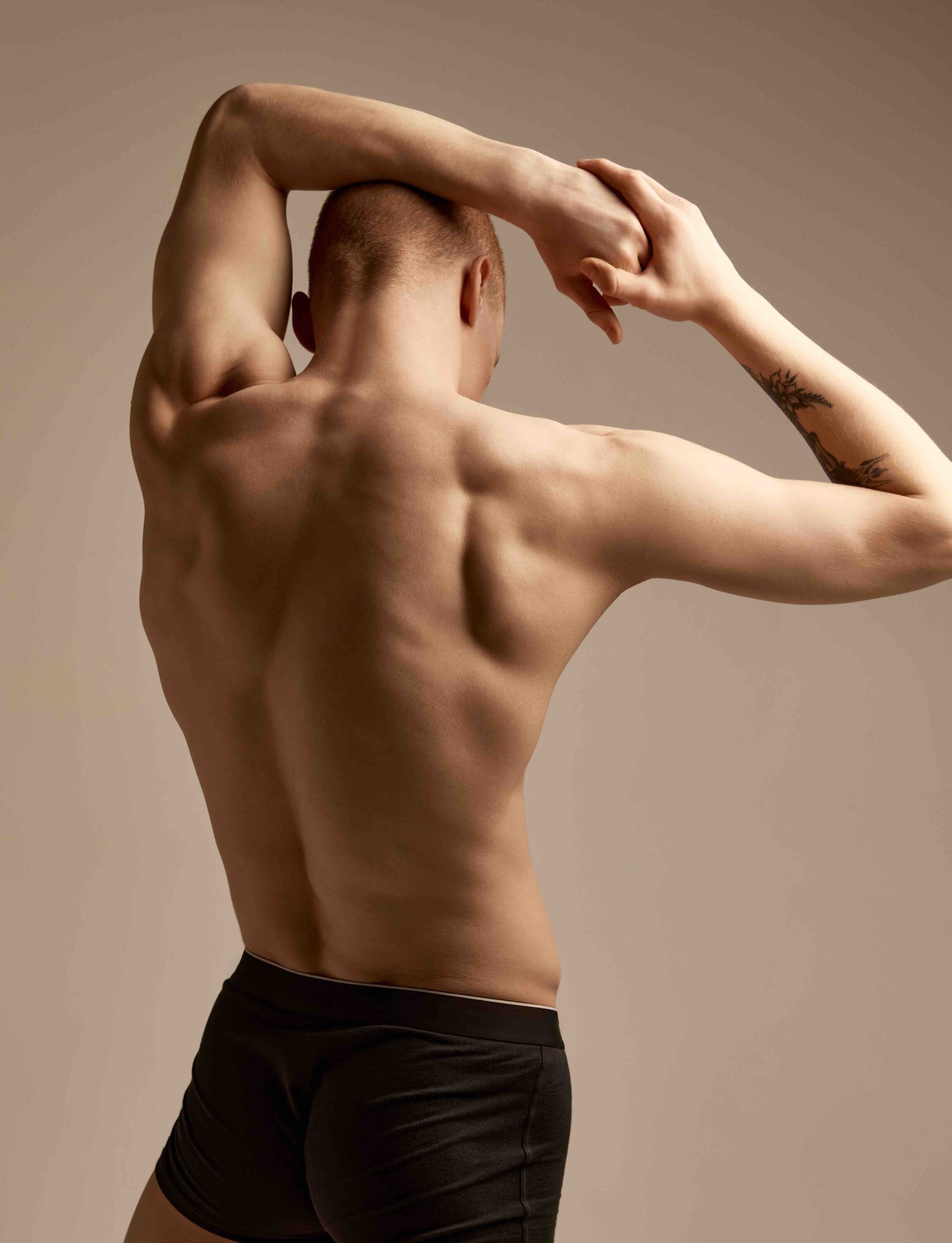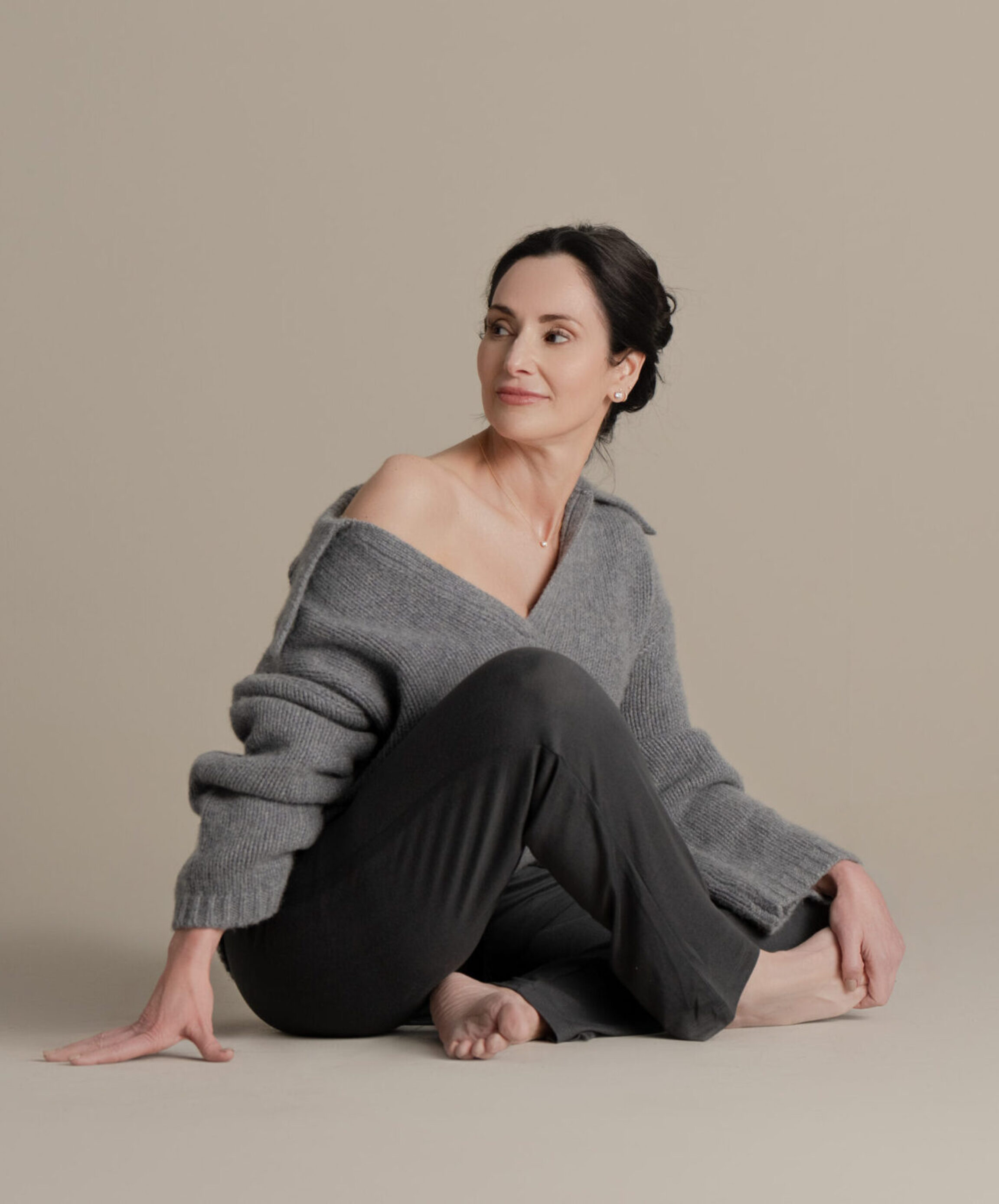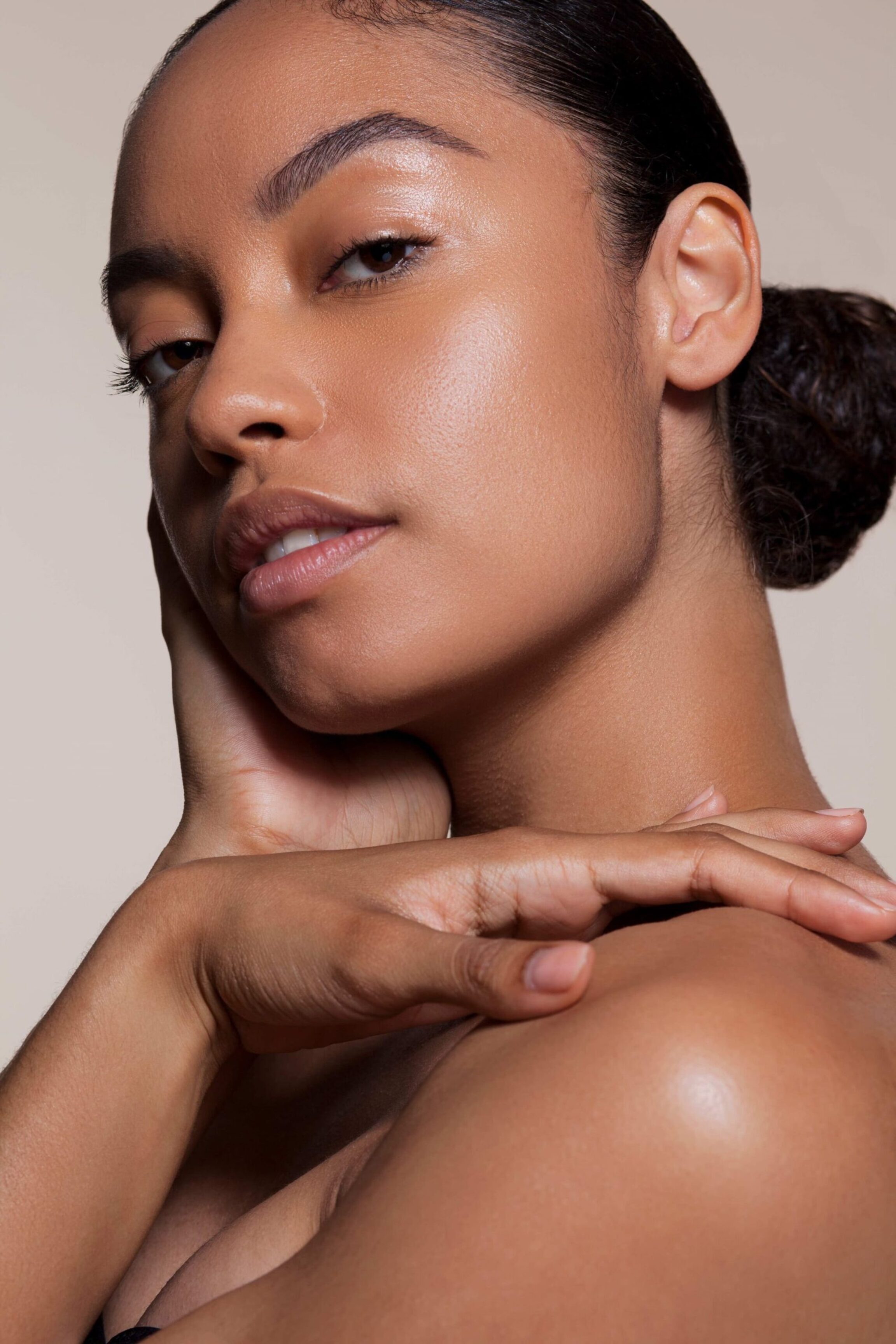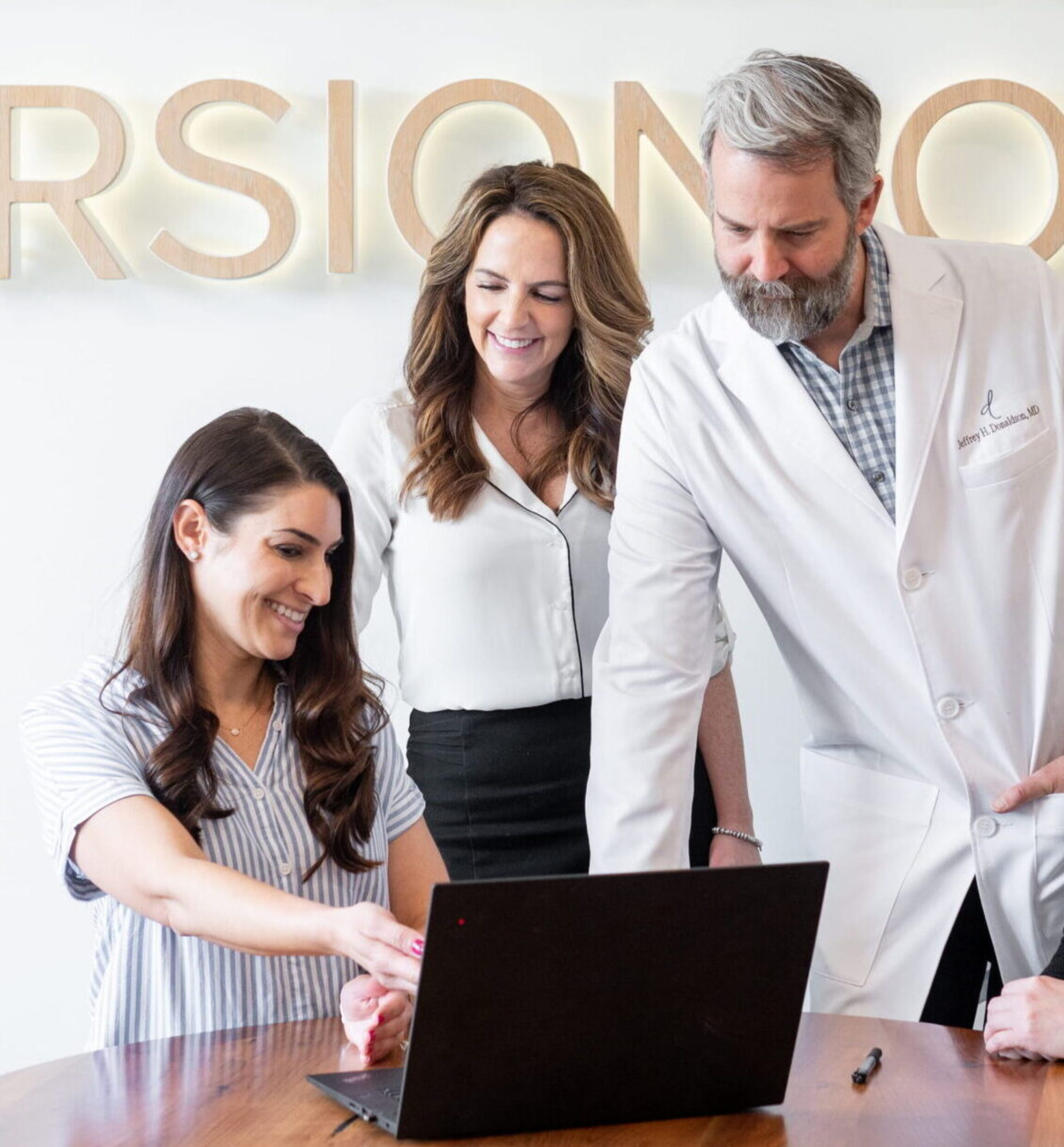Answers about Fat Transfer
What Is Fat Transfer Plastic Surgery?
Fat transfer is a minimally-invasive surgical procedure during which a person’s own fat is harvested though needles, or cannulas, then purified outside the body and re-injected into areas that need more volume. In essence, fat is taken from wherever it is unwanted and transferred to wherever it is wanted.
Are Fat Transfer Procedures Popular?
Very. Just in the last ten years, many advances have been made in the harvesting, purification and injection techniques. Many plastic surgical training programs have begun to incorporate fat transfer into their curricula, and it is routinely discussed at national and international plastic surgical
(3) What are the different kinds of fat transfer procedures? How are they performed?
Fat transfer procedures may be categorized as cosmetic procedures and reconstructive procedures. Cosmetic purposes primarily include facial rejuvenation (cheek augmentation, lip augmentation, lower eyelid treatment, nasal contouring, wrinkle/crease filling, acne scar treatment) and buttock augmentation; reconstructive purposes include filling of post-cancer defects, treatment of radiation damage and scar revision to name a few.
They are all performed using sterile technique in an operating room, and they all include various methods for (1) fat harvesting that is similar to liposuction, (2) fat purification using centrifuges, strainers and/or wicks, and (3) fat injection using syringes and specialized needles or cannulas. The fat must then be painstakingly placed in tiny particles throughout the surrounding tissues in a latticework, or honeycomb pattern, so that they take on blood supply and become part of the body once again.
(4) What types of fat transfer procedures do you perform?
Facial rejuvenation, buttock augmentation, filling of breast cancer defects and scar revision.
(5) What are the pros and cons of these different fat transfer surgeries?
Pros: Permanent, natural, safe, minimally-invasive, affordable.
Cons: Variable results depending upon surgeon and patient.
(6) What are the side effects of fat transfer surgeries?
One side effect is favorable: stem cell activity. Fat is rich in stem cells, and current research is attempting to understand how fat transfer procedures may maximize their utility. Many patients describe improvements in skin tone, clarity, texture and pore density above areas of fat transfer, which may possibly be due to stem cell differentiation into skin cells. Negative side effects can include oil cysts, fat necrosis or granulomas.
(7) How are fat transfer considerations different from other plastic surgery procedures?
First, the results may be unpredictable. They are highly dependent upon the surgical technique and the surgeon’s experience, but also the patient’s own fat and blood supply. Second, the results change significantly over time. Most studies show that 50-70% of injected fat cells survive, which means that up to half of the immediate result may be lost. This leads most surgeons to “over-correct” during the procedure, knowing that the final outcome will be less. Finally, it is a permanent solution, unlike fillers such as Restylane or Juvéderm that fade away after a year. Some patients use temporary fillers to test their appearance before committing to fat transfer.
(8) What is the future of fat transfer plastic surgery?
One of the most exciting and controversial applications for fat transfer is in cosmetic breast augmentation. Many women (and surgeons) are thrilled by the idea of taking fat from the belly, or the hips and using it to enlarge the breasts. These techniques are being developed and refined, but many questions about long-term safety and the effect on breast cancer screening will need to be answered before this becomes mainstream. Also, more breakthroughs in the delivery of stem cells through fat transfer will likely be seen soon.
(9) What is the average cost of a fat transfer procedure?
Fat transfer may be done under local or general anesthesia, depending upon the extent of the procedure and the areas of treatment. Minor facial rejuvenation typically costs around $2000, major facial rejuvenation costs around $5000, and buttock augmentation costs around $10,000.
About The Surgeon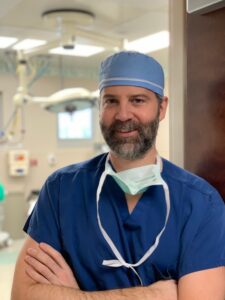
Dr. Jeffrey Donaldson is a board-certified plastic surgeon with a specialization in fat transfer procedures. He has performed thousands of successful surgeries throughout his 20+ years at his practice and continues to help patients everywhere understand the necessary details about this popular cosmetic solution.
Related Articles
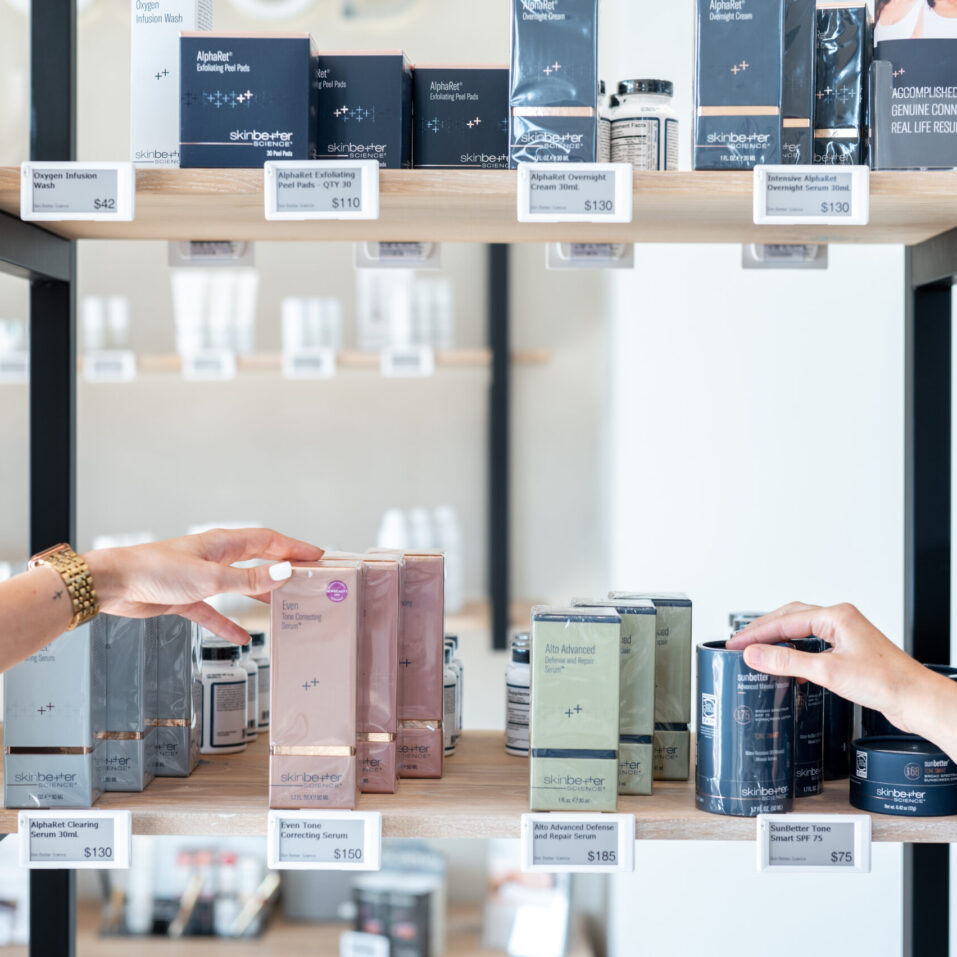
Read More about "Spring Skincare Recommendations "
Spring Skincare Recommendations
No-makeup makeup looks. Products to achieve glass-skin. The clean-girl aesthetic. No matter where you look this season, fresh-faced skin is…
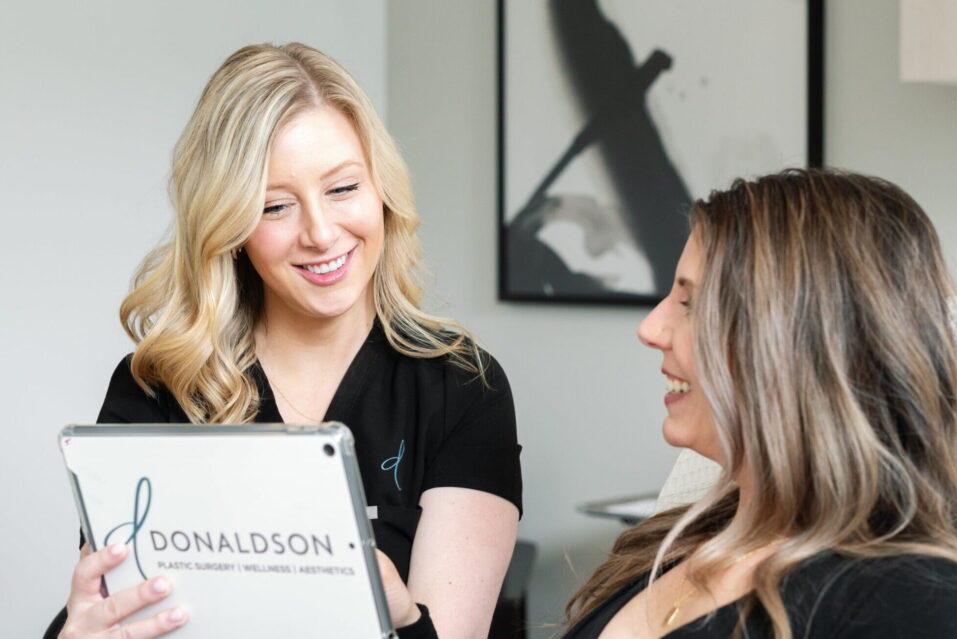
Read More about "Lessons Learned Along The Way"
Lessons Learned Along The Way
Your favorite providers offer their most impactful aesthetic and functional medicine discoveries since joining Donaldson.

Read More about "Mole Removal By A Plastic Surgery Practice "
Mole Removal By A Plastic Surgery Practice
Choosing a reputable plastic surgery and aesthetics practice for your mole removal procedure improves the chances of a more aesthetically pleasing result.
